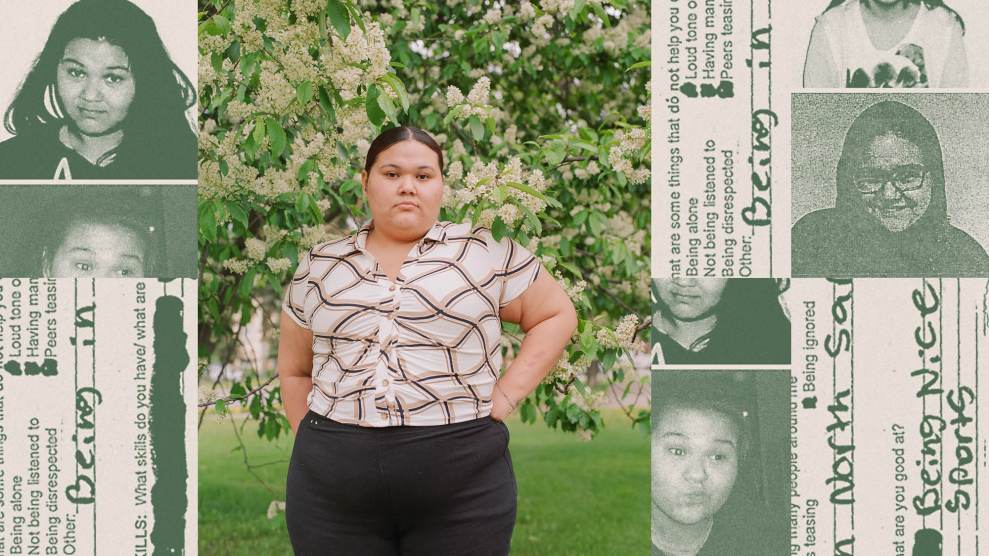Standard & Poor’s is finally paying up for its role in handing out bogus investment-grade ratings to risky mortgage securities during the housing bubble. Dean Starkman explains what happened:
In May 2004, as the U.S. housing market was heating up, Standard & Poor’s Financial Services lost to a rival a huge deal to rate mortgage-backed securities to be issued by a major Japanese bank.
The reason? S&P’s credit standards were too high, an employee complained to his boss. The company then went on to “downplay and disregard” its standards to win business, a federal lawsuit alleged, contributing to one of the most devastating financial collapses in history.
….One observer said the settlement would offer at least some accountability for a key player in the financial crisis. “Without the investment-grade ratings bestowed on pools of substandard mortgages, there would have been no mortgage crisis,” said
Jan Lawrence Handzlik of Los Angeles, a former federal prosecutor who specializes in white-collar criminal defense.
That’s taking things too far. S&P and other ratings agencies certainly played a role in supercharging the housing bubble and thus contributing to its subsequent crash. Without the assurance of high ratings for CDOs and other securities that were full of fraudulent mortgages, there would have been less demand for those fraudulent mortgages. And lower demand would have meant fewer crappy mortgages, fewer defaults, and fewer problems with bank balance sheets full of toxic waste—which all came home to roost in 2008.
But there still would have been a housing bubble and a mortgage crisis, and the crash of 2008 still would have happened. The underlying factors that caused it were just too strong. Nonetheless, it’s certainly true that if the bubble had been a little smaller, the crash would have been smaller too. We’ve all paid a big price for S&P’s duplicity.
In any case, this morning the settlement with S&P was made official. They’ll be paying a total of more than $1 billion:
The $1.37 billion penalty, like the statement of facts, is the product of compromise.
The penalty, half of which is earmarked for the federal government and the rest for the states, is large enough to wipe out S.&P.’s operating profit for a year, and is three times what S.&P. originally offered to settle before the Justice Department filed its lawsuit. But it also falls far short of the $3.2 billion that the government demanded after S.&P. initially refused to settle.
Is $1.37 billion enough? Probably not. But no one has ever paid more than a fraction of the damage they helped cause during the runup to the financial crash. S&P is just the latest to skate by with a ruler to the wrist but not much more.

















